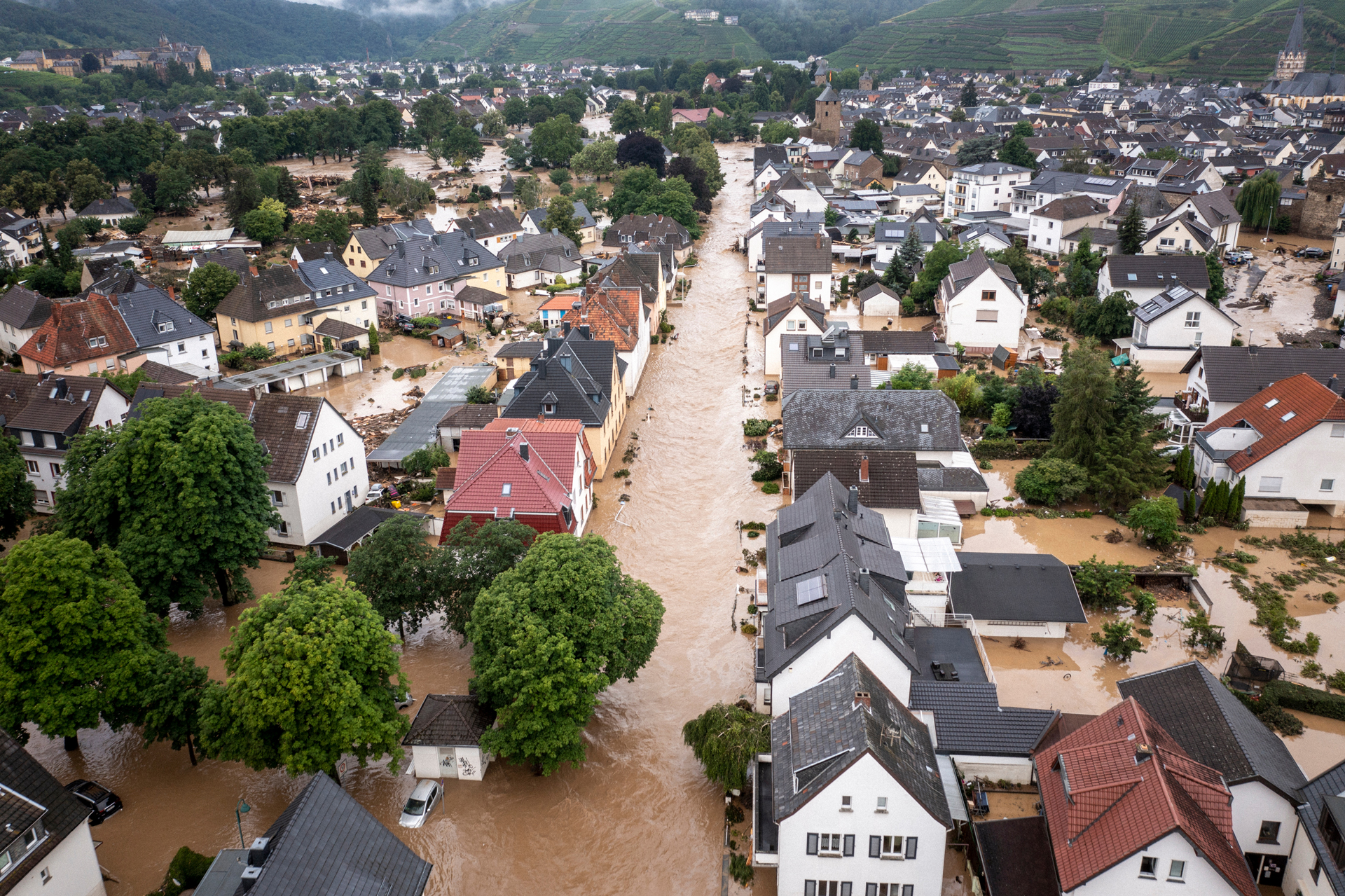How risky is your real estate investment? New report exposes APAC REIT vulnerability to climate change extreme weather

Up to 1 in 10 properties owned by APAC real estate investment trusts (REITs) could be at high risk of damage from extreme weather and climate change by 2050, according to the 2024 XDI APAC Real Estate Investment Trust (REIT) Physical Climate Risk Report, released today by XDI (Cross Dependency Initiative) - a global leader in physical climate risk analysis.
The findings could be indicative of the level of risk in REIT portfolios globally, an industry with an estimated market capitalisation of almost US$ 3 trillion, and a favourite for long term investors such as pension funds.
“REITS have built their reputation as being a safe haven for investors, but is this still the case in a world where the damage and destruction to property caused by climate change and extreme weather is increasing? We are publishing this report today to shine a spotlight on the material climate risks REITs and the global real estate sector now face,” says Philip Tapsall, Group Lead - Corporate and Finance Sector Engagement, XDI.
The 2024 XDI APAC REIT Physical Climate Risk Report analyses 2,134 assets held by the 20 largest (by market capitalisation) REITs in Japan, Australia, Singapore and Hong Kong to provide a snapshot of climate change risks to global real estate investments.
The report focuses on the identification of High-Risk Properties - assets at high risk of economic costs and financial losses resulting from physical damage and productivity loss. High Risk Properties are particularly vulnerable to rising insurance costs.
“Investors are acutely aware of the escalating physical risks to property from climate change. REITs that have analysed and addressed their exposure to climate damage and disruption will be best-placed to attract finance and access insurance,” says Rebecca Mikula-Wright, CEO of the Investor Group on Climate Change and the Asia Investor Group on Climate Change.
“Governments can accelerate progress in the real estate industry by mandating standards-based reporting of climate risk, and ensuring access to high quality data that supports accurate analysis,“ she adds.
KEY FINDINGS
- By 2050, close to 1 in 10 (8.11%) of APAC REITs’ assets may be high risk due to the effects of climate change and extreme weather.
- Coastal inundation driven by sea level rise is the driving hazard across APAC markets, highlighting the vulnerability of coastal property.
Australia
- The five Australia-listed REITs analysed in this report have an estimated combined market value of more than US$67 billion.
- These REITs have the highest percentage of high risk properties in their portfolios by 2050 (9.4%) as well as the highest number (72).
- The majority of these high risk assets are located outside of Australia.
Japan
- The five Japan-listed REITs analysed in this report have an estimated combined market value of more than US$25 billion.
- By 2050, 6.68% of these (42) will be considered high risk.
- All Japan-REIT managed assets are located in Japan.
Hong Kong
- The five Hong Kong-listed REITs analysed in this report have an estimated combined market value of more than US$14 billion.
- These REITs experience the greatest increase in damage risk across their portfolios, with a five-fold increase (423%) from 2020-2100.
- Hong Kong has the lowest number of assets analysed however the market value of each individual asset is extremely high.
Singapore
- The five Singapore-listed REITs analysed in this report have an estimated combined market value of more than US$36 billion – the largest after Australia.
- By 2050, 8.91% of these (42) will be considered high risk.
- The vast majority of Singapore-listed REIT high rIsk properties (HRP) by 2050 are located in Singapore itself, followed by China.
“The findings of this report are concerning. On their own and applied across the global real estate sector in general, this represents a potentially significant financial risk to investors and other capital providers. They highlight the need for continued efforts to avoid a high-emissions future, and the benefits of investment in both low emissions solutions and climate resilience,” says Philip Tapsall.“The good news is that REITs and other property holders can act now to avoid worsening risks. We hope the information in this report will be used to encourage identification of risk, transparent reporting, action on adaptation and support for emissions reductions,” he said.
Related posts

Going to COP30? Come see a preview of ResilienceArc - A world-first breakthrough in corporate transparency for climate risk and adaptation

XDI unveils next-generation Climate Risk Hub: Where flexibility meets power

Europe’s economic hubs drowning in risk: XDI warns flood damage risk rising in Milan, Paris, Frankfurt and beyond

XDI identifies international airport infrastructure at increasing risk from climate extremes
Contact us
Get in touch with one of our friendly team

